October 2021. The University of Nebraska’s Space, Cyber, and Telecommunications Law section held their annual meeting late last month. As part of the program, a seminar on spectrum issues was held with contributors Jennifer Manner, SVP Regulatory Affairs for Echostar Corp., and Jennifer Warren, VP Technology Policy & Regulation for Lockheed Martin.
Among other things, it is hoped that the memorandum of understanding between the FCC and the NTIA regarding spectrum coordination will be updated. However, President Biden has not nominated a chief of the NTIA or renominated the acting chair of the FCC, Jessica Rosenworcel.
The debate over use of 5G and satellite services continues. Thought of as a separate protocol, satellite communications are actually part of the 5G ecosystem although they contribute a smaller share of the communications economy than terrestrial systems and services. Leveraging the notion of 5G integration may help address a perceived regulatory bias in favor of terrestrial wireless applications.
Pivoting to the ITU, attention is beginning to focus on WRC-23. Key issues will include: (i) the increasing use of inter-satellite links (ISL), existing frequency allocations, and the potential for reusing satellite spectrum for ISLs; (ii) changes to ITU-based software to address the increased satellite system filings; (iii) additional spectrum for fixed-satellite systems (FSS) in ITU Region 2; (iv) the jurisdiction of the ITU over non-Earth-centric missions such as lunar and inter-planetary; (v) revisiting non-geostationary orbit (NGSO) “bringing into use requirements” considered at WRC-19; and possible (vi) equivalent power flux density (EPFD) limitations for protection of GSO systems.
Dealing with orbital debris remains a major policy concern at the ITU and elsewhere. International efforts must be strongly pursued, with the U.S. taking a leadership role. Perhaps a new or different agency needs to deal specifically with this problem. Whatever regulations are promulgated, they should be flexible to accommodate a wide range of satellite systems. Furthermore, some form of industry rating system for orbital debris mitigation may further sustainability goals.
Lastly, the environment for satellite communications is not exclusive to the operators and regulatory bodies. Government users, enterprise customers and consumers must be educated and understand the issues. This can be achieved by better public advocacy and branding by satellite companies, as well as coalition building. This is happening in the space sector generally but less so in the context of satellite regulatory policies and applicable technical standards. Further effort in this area may lead to better consumer awareness which, in turn, may lead to better regulatory outcomes.

